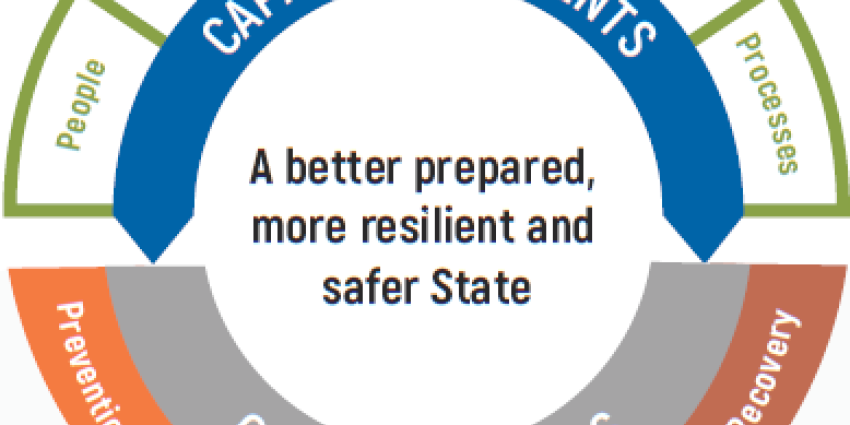Emergency management (EM) capability means the collective ability to reduce the likelihood and consequences of an emergency event. Capability is underpinned by five key capability elements. Find out more below.
Preparedness refers to the arrangements, plans, training, education and sharing of information to prepare communities for a major emergency. It also includes the actions taken by individuals to ensure their own safety before, during and after an emergency.
By taking an ‘all communities - all emergencies’ approach to preparedness, the responsibility is shared across the community, which strengthens capability.

Emergency management exercise training

Emergency Preparedness Report
The 5 key elements of EM capability
Show more- People – having the personnel capable of participating in emergency management activities across community, government, agencies and business.
- Resources – having the physical equipment and assets required to carry out emergency management activities.
- Governance – having the required factors such as legislation, rules and regulations, emergency management arrangements, and policy to operate.
- Systems – having the systems required to deliver emergency management outcomes such as incident control systems, information technology, financial, infrastructure and assets management, workforce management, and workplace health and safety systems.
- Processes – having documented methods of delivering emergency management including capacity planning, risk management, continuous improvement, emergency information flow and planning.



